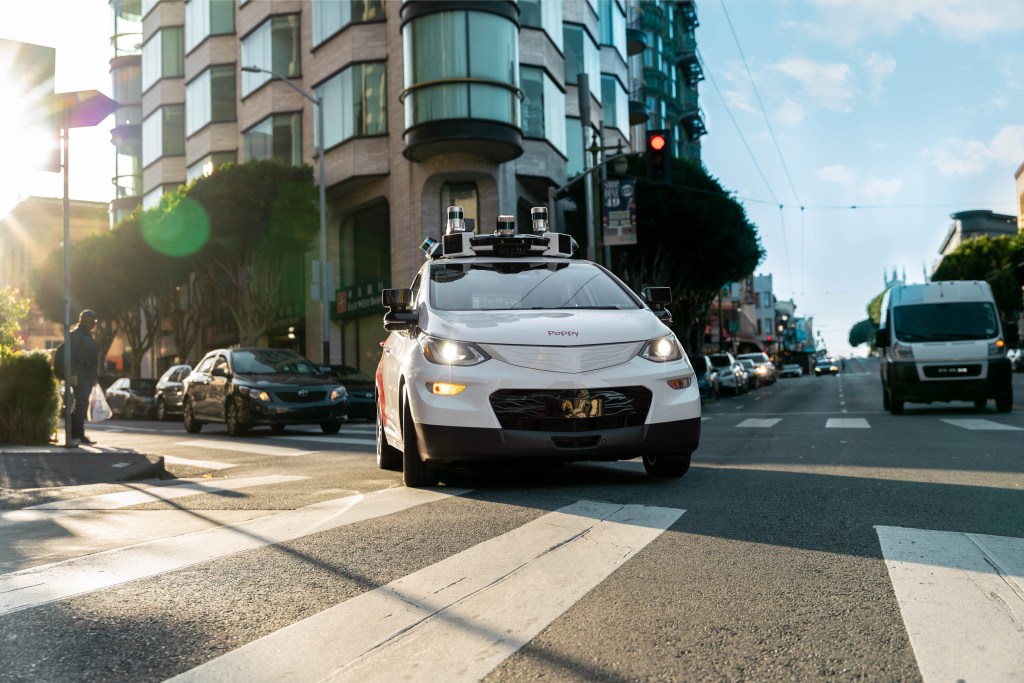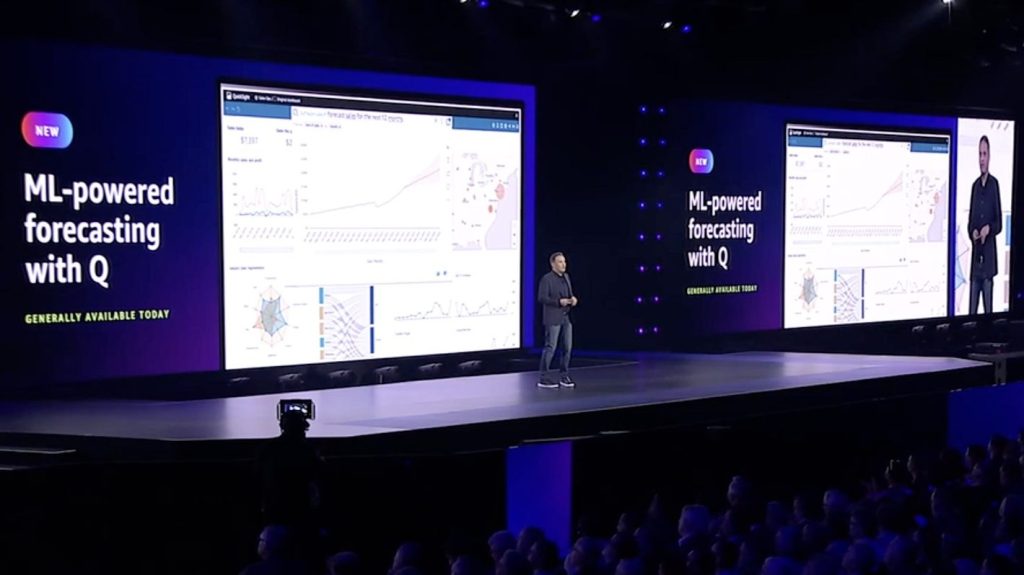The California Department of Motor Vehicles said Tuesday it has immediately suspended Cruise’s deployment and driverless testing permits, ending the GM self-driving car subsidiary’s robotaxi operations in San Francisco just months after receiving the last necessary permit to commercialize its operations.
The DMV’s order of suspension, which TechCrunch has viewed, states that Cruise withheld video footage from an ongoing investigation, prompting the agency to suspend its permit. The DMV said it met with Cruise representatives on October 3, one day after an incident that left a pedestrian, who had initially been hit by a human-driven car, stuck under a Cruise robotaxi.
The order stated:
“During the meeting, the department was shown video footage of the accident captured by the AV’s onboard cameras. The video footage present to the department ended with the AV’s initial stop following the hard-braking maneuver. Footage of the subsequent movement of the AV to perform a pullover maneuver was not shown to the department and Cruise did not disclose that any additional movement of the vehicle had occurred after the initial stop of the vehicle. The department only learned of the AV’s subsequent movement via discussion with another government agency. The department requested Cruise provide a copy of the video with the additional footage, which was received by the department on October 13, 2023.”
The DMV did not disclose name of the other agency. However, sources aware of the incident told TechCrunch the U.S. National Highway Traffic Safety Administration shared the information. It should be noted that NHTSA opened its own investigation into Cruise’s autonomous vehicle system following several incidents involving pedestrians in San Francisco, including the October 2 event.
The portion of the video that the DMV says it did not initially view showed the Cruise robotaxi, after coming to a complete stop, attempting a pullover maneuver while the pedestrian was underneath the vehicle. The AV traveled about 20 feet and reached a speed of 7 miles per hour before coming to a complete and final stop, the order reads.
The DMV later stated in the order that Cruise’s omission hinders the ability of the department to effectively and timely evaluate the safe operation of the company’s vehicles and puts the safety of the public at risk.
Cruise told TechCrunch that it shared the entire video with the DMV. The DMV told TechCrunch it stands by its assessment.
“Public safety remains the California DMV’s top priority, and the department’s autonomous vehicle regulations provide a framework to facilitate the safe testing and deployment of this technology on California public roads,” the DMV said in a statement. “When there is an unreasonable risk to public safety, the DMV can immediately suspend or revoke permits. There is no set time for a suspension.”
The DMV, which regulates autonomous vehicle testing and deployments in the state, said Cruise must meet a number of steps to reinstate its suspended permits, which the agency will not approve until the company has fulfilled the requirements to the department’s satisfaction. This decision does not impact the company’s permit for testing with a safety driver, the DMV added.
The California DMV said the decision to suspend the permits was made after the agency determined the vehicles were not safe for the public’s operation and that Cruise misrepresented information related to the autonomous vehicle technology in its vehicles. The department also said that the conduct of autonomous vehicle testing on public roads by Cruise presented an unreasonable risk to the public.
Cruise said it learned of the California DMV’s suspension of its driverless permits at 10:30 a.m. today, 15 minutes after the agency issued a press release. Cruise spokesperson Hannah Lindow emailed the following statement, which was also posted on the social media site X:
“As a result, we will be pausing operations of our driverless AVs in San Francisco. Ultimately, we develop and deploy autonomous vehicles in an effort to save lives. In the incident being reviewed by the DMV, a human hit and run driver tragically struck and propelled the pedestrian into the path of the AV. The AV braked aggressively before impact and because it detected a collision, it attempted to pull over to avoid further safety issues. When the AV tried to pull over, it continued before coming to a final stop, pulling the pedestrian forward. Our thoughts continue to be with the victim as we hope for a rapid and complete recovery.
Shortly after the incident, our team proactively shared information with the California DMV, CPUC, and NHTSA, including the full video. We have stayed in close contact with regulators to answer their questions and assisted the police with identifying the vehicle of the hit and run driver. Our teams are currently doing an analysis to identify potential enhancements to the AV’s response to this kind of extremely rare event.”
The suspension comes less than three months after Cruise, and competitor Waymo, received the final permit required to offer commercial robotaxi services across San Francisco 24 hours a day, seven days a week. That permit was issued by the California Public Utilities Commission, which regulates commercial driverless ride-hailing permits. However, without the DMV’s permits, which allow for driverless vehicles to be on public roads, the CPUC permit is essentially worthless.
The CPUC approved the final permit despite opposition from residents and some city officials who pointed to numerous instances of vehicles malfunctioning and stopping in the middle of the street — referred to as “bricking” — blocking the flow of traffic, public transit and emergency responders.
That win was short-lived, however. A string of incidents occurred within days of receiving the CPUC permit, including a collision between a Cruise robotaxi and an emergency vehicle that left a passenger injured. The DMV told Cruise it had to reduce its robotaxi fleet to 50% while the department investigated that incident. That prompted some San Francisco city officials to formally request that state regulators redo an August hearing that expanded robotaxi permits for Cruise and Waymo.
Pressure to suspend or revoke Cruise’s permits escalated after an October 2 incident that left a woman stuck underneath a Cruise robotaxi after being hit by a human-driven vehicle. Video captured by Cruise and viewed by TechCrunch showed a robotaxi braking and then running over a pedestrian who was lying in the street after being struck by a human-driven car and launched in front of the autonomous vehicle. Cruise said in its account of the events that the robotaxi “braked aggressively” to minimize impact. Still, the pedestrian was run over and then stuck under the vehicle, according to police as well as video from local bystanders that show the person under the robotaxi.
TechCrunch saw the abbreviated video; at the time, it was presented as the complete video.
San Francisco police launched an investigation into the incident. The NHTSA opened its own investigation soon after.































Comment